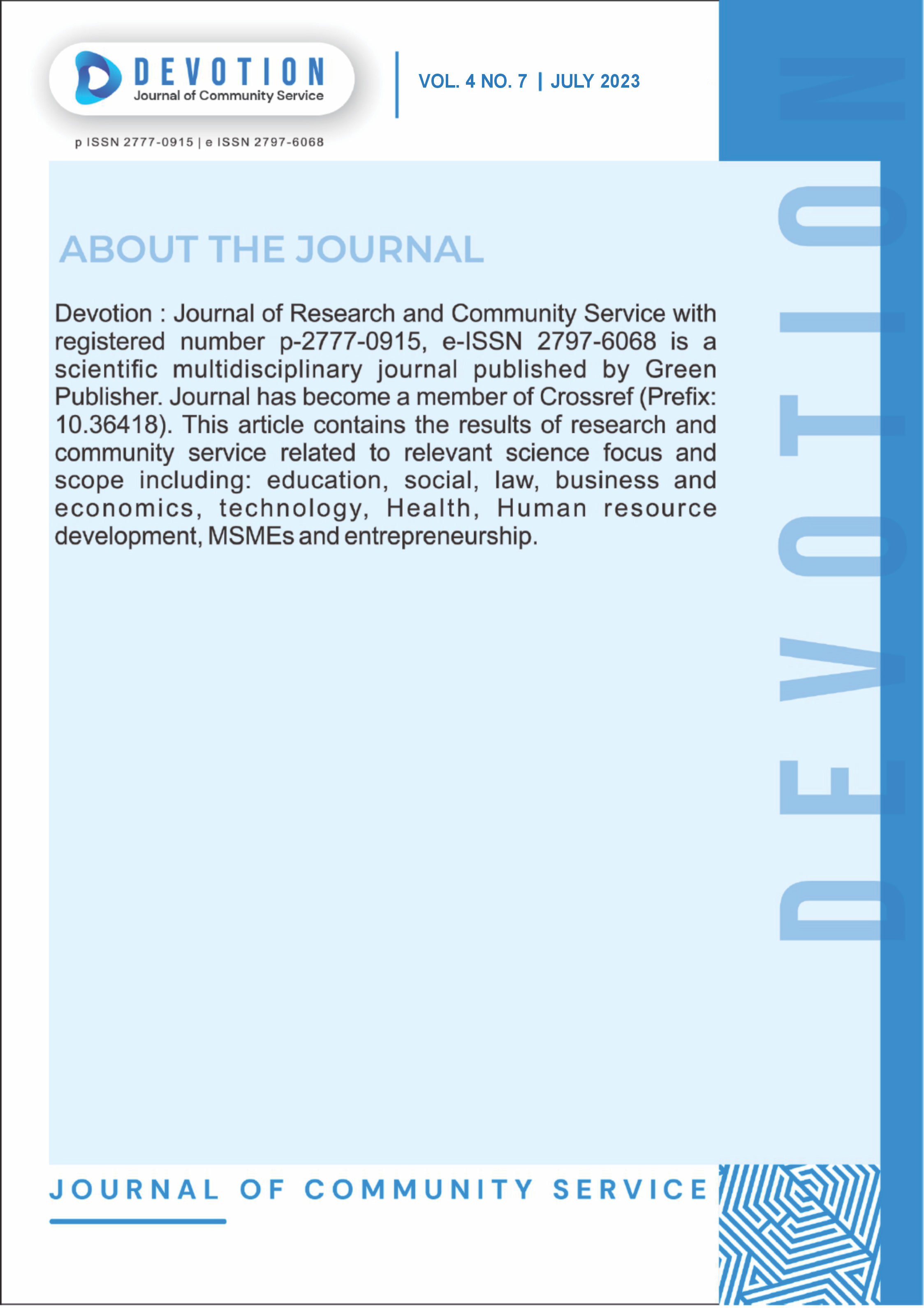Bio-corrosion Phenomenon of Titanium Grade 2 Tubes in Condenser of a Steam Power Plant
DOI:
https://doi.org/10.59188/devotion.v4i7.524Keywords:
Biocorrosion; titanium corrosion; tube condenser; MIC; power plantAbstract
Titanium is widely applied for the tube condenser in Indonesia’s powerplant especially those that use seawater for the cooling system, because it has excellent properties both mechanical and physical. Leak in titanium in seawater environment occurred, but on the contrary, the leak of titanium tube in the brackish environment frequently occurs. Many defense tasks such as plugging, cleaning, and adjusting operations have taken, but the result remains the same. Until it was decided to perform an overhaul for the condenser and tube mapping using ECT. It was discovered that 80% of the total tube have been wall lost thickness so that total retubing must be conducted. Chemical elements consist of oxygen (O), sulfur (S), and chlor (Cl) were found during DT and NDT. This study aims to analyze the factors causing this severe titanium tube leak in the condenser. This case is like previous research even though it occurred in different equipment and water feed. Sulfur elements came from the excretion of aquatic biota such as mussel. Plentiful mussels grow along the cooling condenser line because biocide injection is difficult to perform. The method used to find the root cause of the problem is performing several tests of titanium tubes samples. The results show titanium tube from the condenser has experienced bio-corrosion. This is supported by the presence of three elements that allow the bio-corrosion reaction to occur by forming titanium sulfide, namely O, S, and Cl.
Published
Issue
Section
License
Copyright (c) 2023 Yuni Eko Feriyanto, Zulfikar Surya Putra, Nia Ariningtyas, Sandro Sitohang

This work is licensed under a Creative Commons Attribution-ShareAlike 4.0 International License.
Authors who publish with this journal agree to the following terms:
- Authors retain copyright and grant the journal right of first publication with the work simultaneously licensed under a Creative Commons Attribution-ShareAlike 4.0 International. that allows others to share the work with an acknowledgement of the work's authorship and initial publication in this journal.
- Authors are able to enter into separate, additional contractual arrangements for the non-exclusive distribution of the journal's published version of the work (e.g., post it to an institutional repository or publish it in a book), with an acknowledgement of its initial publication in this journal.
- Authors are permitted and encouraged to post their work online (e.g., in institutional repositories or on their website) prior to and during the submission process, as it can lead to productive exchanges, as well as earlier and greater citation of published work.













